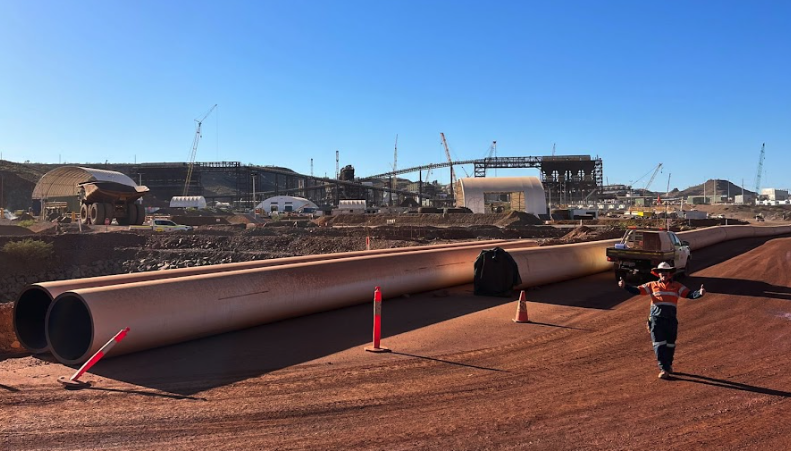
Queensland's Construction Workforce Crisis! Navigating the 2025 Labour Shortage.
The Queensland construction industry stands at a critical crossroads. With the value of the state’s construction pipeline projected to surge from $53 billion to $77 billion by 2027, the sector faces unprecedented growth opportunities. However, this remarkable expansion comes with a significant challenge a projected workforce shortfall of over 18,200 skilled workers annually over the next eight years. This labour crisis threatens to derail major infrastructure projects and exacerbate the existing housing shortage at a time when Queensland needs construction capacity more than ever.
The Perfect Storm: Growth Drivers and Workforce Challenges
Queensland’s construction boom is being fuelled by three primary factors:
- 1. The upcoming Brisbane Olympic and Paralympic Games in 2032
- 2. Rapid population growth as more Australians relocate to the Sunshine State
- 3. The ongoing transition to net-zero infrastructure
These catalysts are creating extraordinary demand for construction services across residential, commercial, and infrastructure sectors.
“Builders are having to pay a lot more to secure good trades and keep them on site. Otherwise, you simply can’t get anyone showing up to work.”
— Jessica Cheney, Brisbane construction company manager
This competitive environment for skilled labour is driving up costs and extending project timelines across the board.
Critical Shortages in Key Trades
According to industry experts, carpentry represents the most significant skills gap.
“Carpenters, by a long way, are the biggest hole to be filled.”
— Paul Bidwell, CEO of Master Builders Queensland
Other areas experiencing critical shortages include:
- 1. Licensed electricians and plumbers
- 2. Concrete specialists and formwork experts
- 3. Heavy machinery operators
- 4. Site supervisors and project managers
- 5. Skilled labourers with safety certifications
Impact on Project Timelines and Housing Affordability
The workforce shortage is already causing significant delays. A standard 63-storey residential tower now takes 20 months longer to complete in Queensland than in other states.
“Wait times for homes to be built are going to go through the roof.”
— Jessica Cheney
Queensland needs to build approximately 50,000 new dwellings to address the existing shortfall.
Rising Costs and Competitive Pressures
With Olympic venues, the Cross River Rail project, and commercial developments all competing for limited labour, Brisbane has become:
- Australia’s second most expensive construction city
- Hourly rates average $66.66, higher than Sydney ($65.32) and Melbourne ($64.31)
These rising costs are ultimately passed on to homebuyers, tenants, and taxpayers.
Strategic Solutions for Queensland’s Construction Industry
Addressing this workforce crisis requires collaboration across government, industry, and education sectors.
Accelerated Training and Apprenticeship Programs
To fast-track talent:
- 1. Expand TAFE capacity
- 2. Incentivize employers to take on apprentices
- 3. Offer compressed training programs
- 4. Launch mentorship initiatives
Embracing Technological Innovation
Technology can help offset labour shortages through:
- 1. Building Information Modeling (BIM)
- 2. Prefabrication and modular techniques
- 3. Automation and robotics
- 4. Digital workforce scheduling tools
Attracting Interstate and International Talent
Short-term relief can come from outside Queensland:
- 1. Recruitment campaigns in other states
- 2. Streamlined skills recognition for international workers
- 3. Relocation incentives for experienced tradespeople
- 4. Temporary accommodation solutions for mobile workforces
Looking Ahead: Balancing Growth with Sustainability
“A number of these projects are going to need to be constructed around similar timelines, which obviously creates pressure.”
— Geoff Clare, CEO, Construction Skills Queensland
The construction pipeline is a “fantastic opportunity” to invest in Queensland’s people. But delivering these projects requires:
- 1. Prioritizing workforce development
- 2. Investing in materials, technology, and training
- 3. Collaborating across sectors
As Queensland prepares for the global spotlight in 2032, building the workforce to meet that vision could prove to be its greatest challenge and its most important legacy.
Thanks for reading!